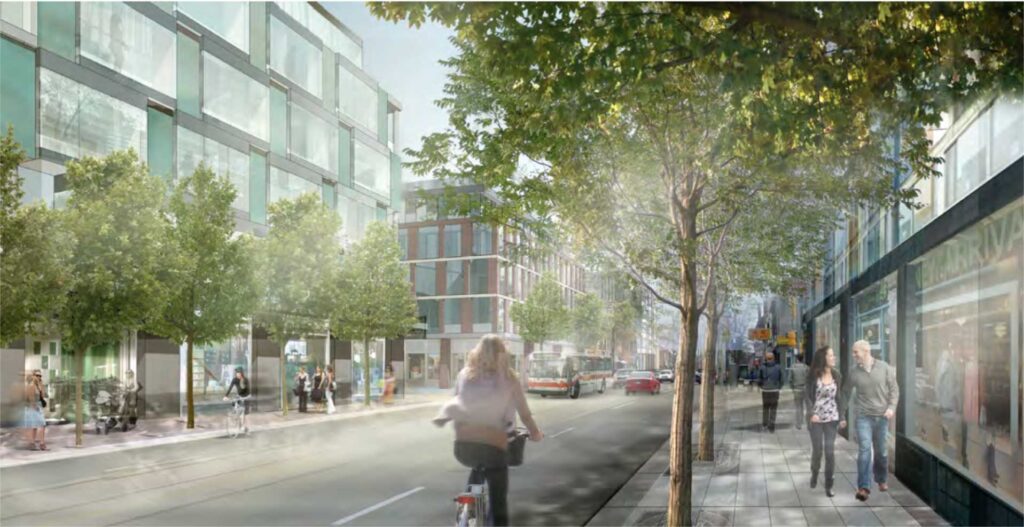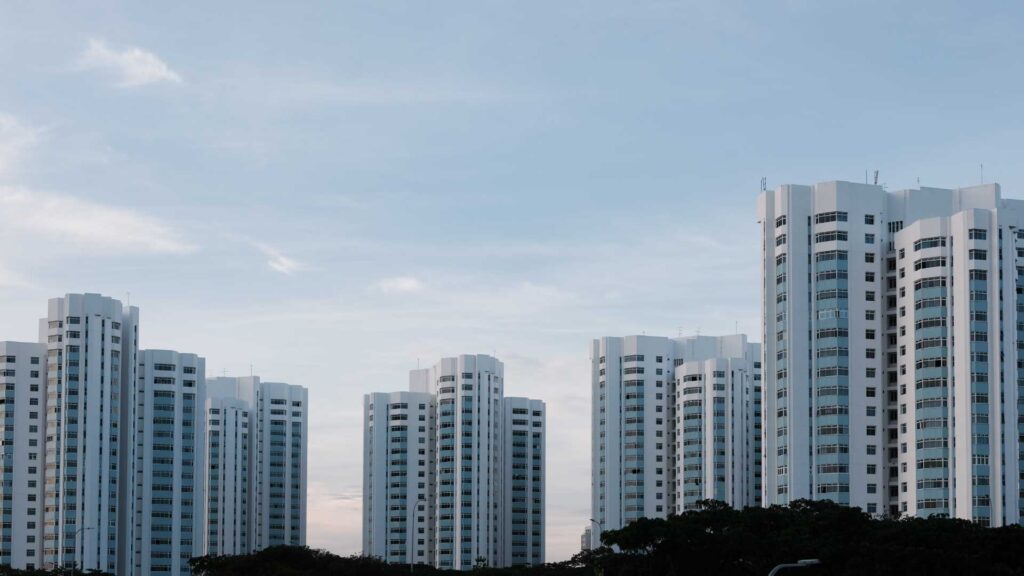Barrie’s Housing Community Improvement Plan

Our policy brief on Barrie’s Housing Community Improvement Plan (CIP), which is meant to support its goal of ensuring 15 – 20% of all new housing is affordable.

Our policy brief on Barrie’s Housing Community Improvement Plan (CIP), which is meant to support its goal of ensuring 15 – 20% of all new housing is affordable.

Official Plans are among the most important components of planning and building our communities, the places where we live, play, and work. They deserve to be given the highest level of consideration, which includes the best possible process of deliberation.

By building spaces that prioritize equity, diversity, and inclusion, we are setting the foundations for a future that is more sustainable. Sprawl, including vertical sprawl, is not the right way to do this.

…learning about how planning works is important because it helps us get climate justice happening on the local level. It helps us understand how these changes can actually play out through local government.
But there’s a lot to learn and not a lot of clear information, so how can we learn more?